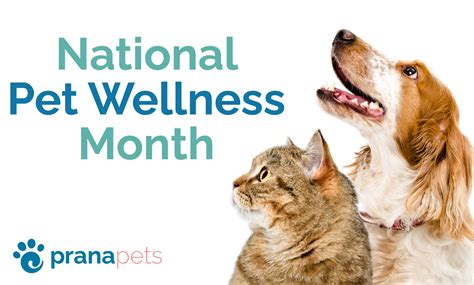Introduction
By 2025, the global pet care market is projected to reach [1] a whopping $245 billion due to increased pet ownership and a growing demand for premium pet products and services. To meet this demand, the veterinary industry needs to prioritize pet health and wellness education for pet owners, veterinary professionals, and other stakeholders.

The Importance of Pet Health and Wellness Education
Educated pet owners are more likely to:
- Provide their pets with preventive care
- Recognize and respond to signs of illness or injury
- Make informed decisions about pet care and treatment
Educated veterinary professionals can provide comprehensive care, ensure accurate diagnoses, and effectively communicate with pet owners. Other stakeholders, such as pet groomers and breeders, also play a crucial role in promoting pet health and wellness.
Key Pillars of Pet Health and Wellness Education
1. Nutrition and Diet
A balanced diet is essential for a pet’s overall health and well-being. Pet owners should understand the nutritional needs of their pets based on their age, breed, and activity level.
2. Exercise and Activity
Regular exercise and activity are vital for maintaining a pet’s physical and mental health. Exercise helps prevent obesity, strengthen muscles, and improve cardiovascular health.
3. Preventive Care
Preventive care measures, such as vaccinations, regular check-ups, and dental cleanings, help detect and prevent health issues.
4. Disease Management
Educating pet owners about common pet diseases and their management is crucial. This empowers them to recognize symptoms, provide appropriate care, and adhere to treatment plans.
5. Emergency Care
Pet owners should know how to respond to emergencies, such as poisoning, heatstroke, and seizures. Basic first aid and CPR techniques can save a pet’s life.
Effective Strategies for Pet Health and Wellness Education
1. Veterinary Education
Veterinary schools and continuing education programs should prioritize pet health and wellness education, ensuring veterinary professionals are up-to-date on the latest advancements.
2. Public Outreach and Awareness
Public outreach campaigns, such as community events, pet supply store workshops, and social media initiatives, can spread awareness and educate pet owners.
3. School and Youth Programs
Integrating pet health and wellness education into school curricula can foster responsible pet ownership and cultivate a lifelong understanding of animal care.
4. Online Resources
Reputable websites, apps, and online communities provide pet owners with access to reliable information and support.
Common Mistakes to Avoid
1. Overfeeding and Inappropriate Diets
Excessive feeding and unhealthy diets can lead to obesity, diabetes, and other health problems.
2. Lack of Exercise
Pets that do not get enough exercise are more likely to develop physical and behavioral issues.
3. Skipping Preventive Care
Neglecting regular check-ups and vaccinations can allow diseases to progress undetected and lead to costly treatments.
4. Self-Diagnosing and Treating
Pet owners should consult with a veterinarian for professional diagnoses and treatment plans. Self-treating can be dangerous and delay appropriate care.
5. Ignoring Emergency Signs
Delaying emergency care can compromise a pet’s health and survival.
Frequently Asked Questions
1. How often should I take my pet to the vet?
Regular check-ups are recommended annually for healthy pets and more frequently for pets with health conditions or those over 7 years old.
2. What are the signs of a sick pet?
Lethargy, vomiting, diarrhea, loss of appetite, and difficulty breathing are potential signs of illness.
3. What should I do if my pet has an emergency?
Stay calm and contact your veterinarian or the nearest emergency animal hospital immediately.
4. How can I prevent my pet from getting sick?
Vaccinations, proper nutrition, and regular exercise play a crucial role in preventing illness.
5. What is the best pet food?
The best pet food varies depending on a pet’s individual needs. Consult with your veterinarian for recommendations.
6. How can I keep my pet happy?
Provide a loving home, engage in regular exercise, and provide mental stimulation through toys and training.
Innovations in Pet Health and Wellness Education
1. Telemedicine
Virtual consultations allow pet owners to connect with veterinarians remotely, providing greater accessibility to veterinary care.
2. Pet Wearables
Activity trackers and health monitors can provide valuable insights into a pet’s health and fitness levels.
3. Mobile Apps
Comprehensive apps offer pet owners a wealth of information, including diet and exercise guides, medication reminders, and emergency contact lists.
Conclusion
Pet health and wellness education is paramount for the well-being of our furry companions. By embracing effective strategies and promoting collaboration among stakeholders, we can empower pet owners, advance veterinary care, and create a healthier future for pets worldwide.
References
[1] Statista. (2023). Global pet care market size 2019-2025. https://www.statista.com/statistics/1089628/global-pet-care-market-size/





















